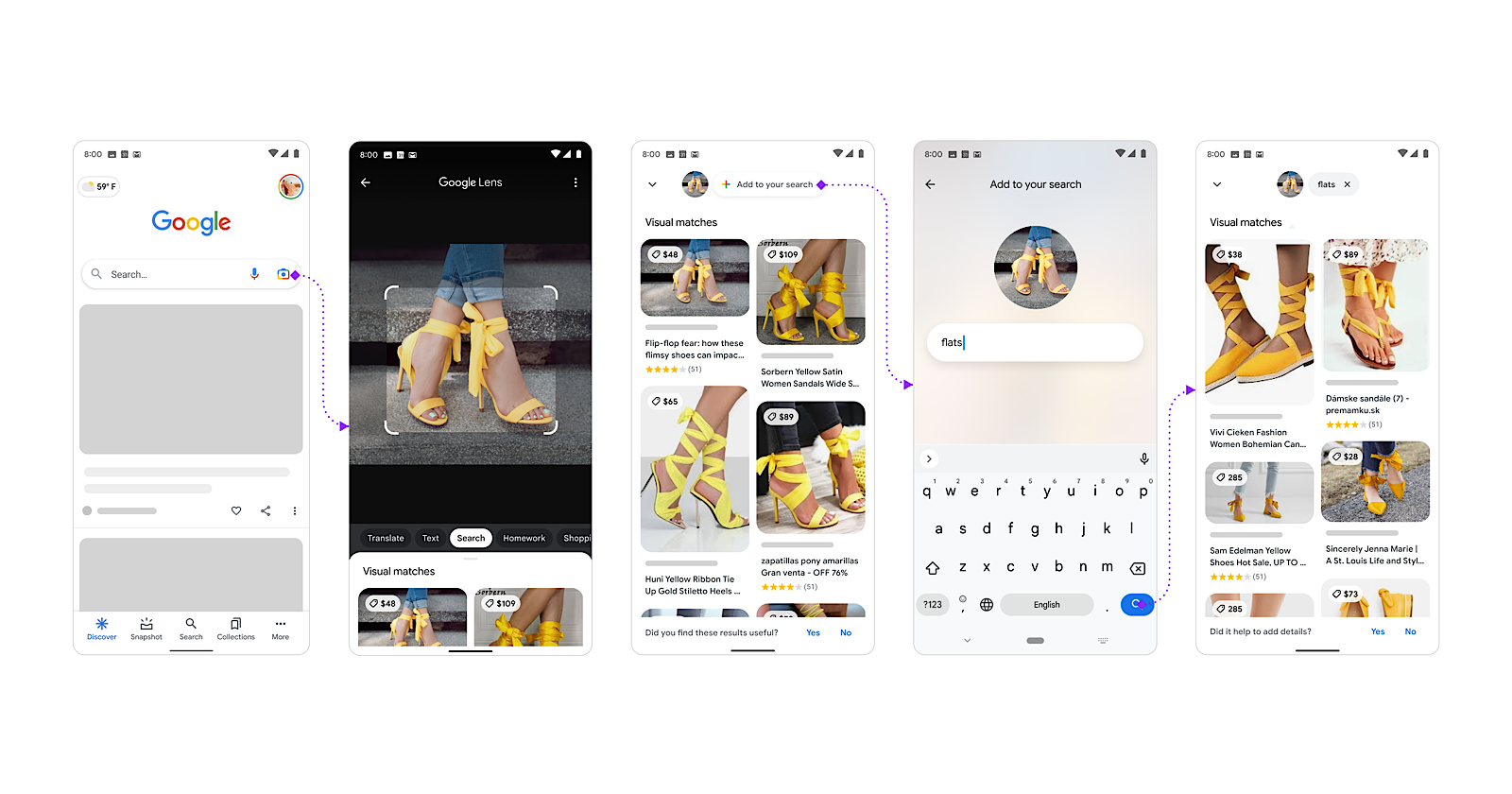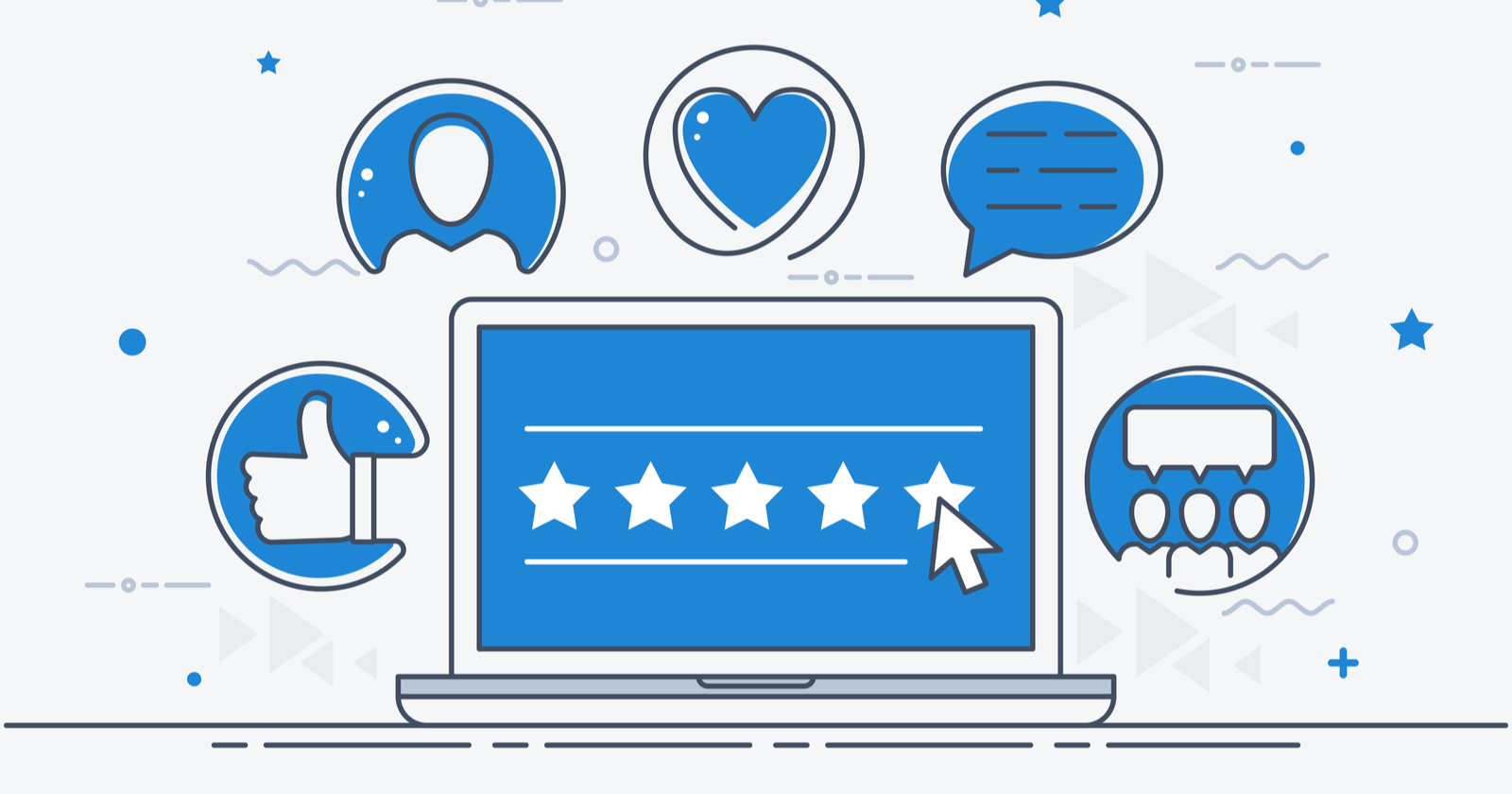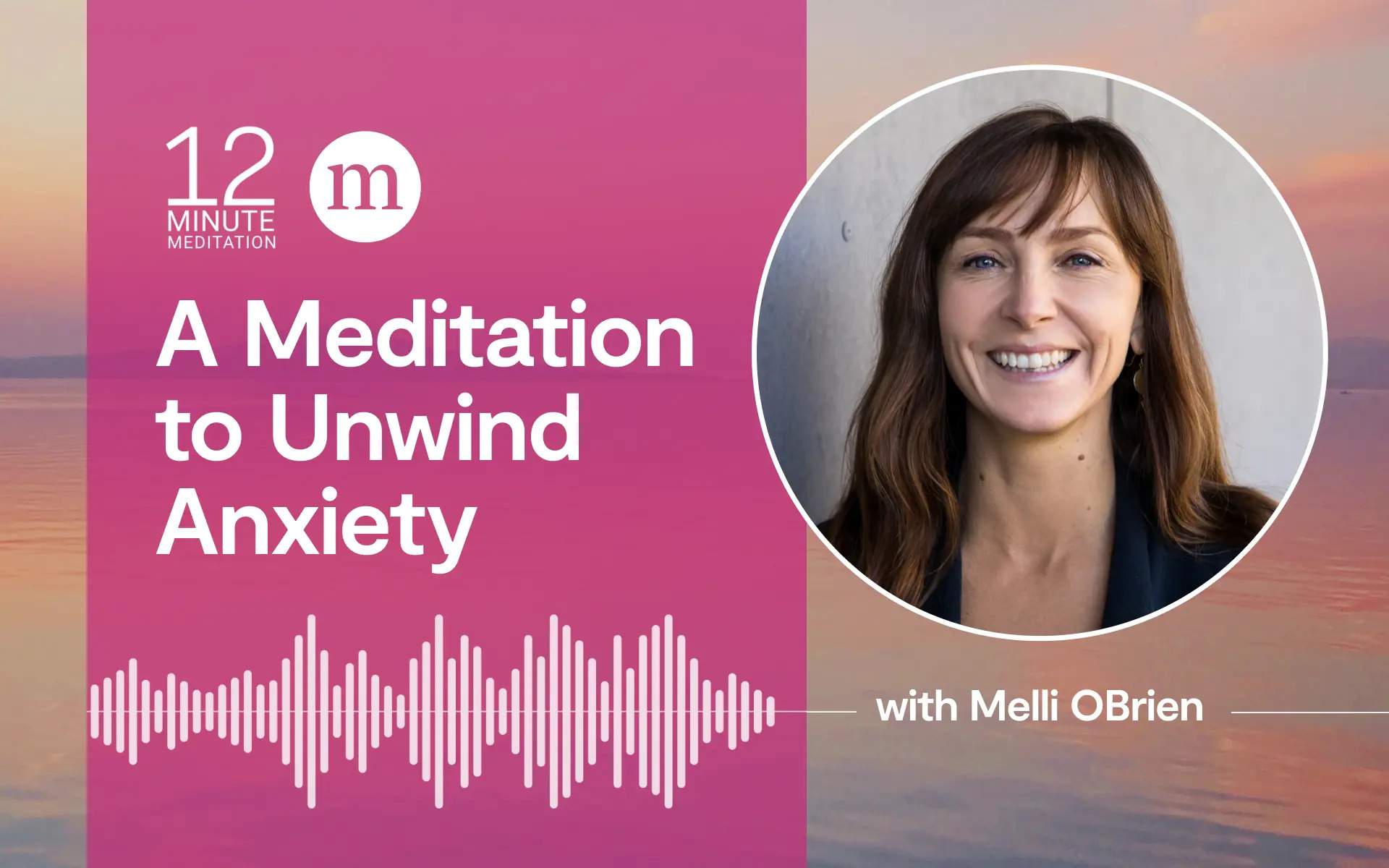The Creator Economy – What Fuels It and How to Leverage It
In 2022, the creator economy was valued at over $100 billion – a more than decent pie to be shared among 50+ million people worldwide. What’s more impressive is that its growth has just begun. A recent study revealed...

In 2022, the creator economy was valued at over $100 billion – a more than decent pie to be shared among 50+ million people worldwide. What’s more impressive is that its growth has just begun.
A recent study revealed that kids aged 8 to 11 would rather become YouTube stars than astronauts. If you’re surprised about this, you’re not alone. Join me in deciphering why the creator economy is so seductive and how to leverage it.
Creators – Who Are They and What Do They Do?
Finding a perfect definition of creators is a tall ask. Some think that a creator is anyone who makes money online by creating a follower base and then leveraging it to sell digital or traditional products, sponsorships, merchandise, or get brand deals.
By this definition, creators = influencers. I disagree.
You may remember a previous article of mine here on SiteProNews where I postulated that influencers are entertainers. Today, the term “influencer” is a bit derogatory, usually referring to content that has zero substance and relies on glam.
You know what I’m talking about: the devoid-of-meaning captions you see on Instagram slapped on heavily-edited photos, typically of conventionally-attractive people.
Influencers are a sub-genre in the creator economy.
The new breed of creators appeal to a more sophisticated audience. Their followers aren’t usually looking for inspirational or aspirational quotes. They are there to learn a skill, a craft, or to consume above-average content. They want to build a business first and foremost, not a cult following.
The power of example comes in handy here: Charli D’Amelio is an influencer. Rand Fishkin is a creator.
Now that we’ve covered the basics, let’s take a look at what fuels the creator economy.
Get in-depth analyses like this one and future-proof strategy advice straight into your inbox every week. Subscribe to my newsletter here.
Why Does the Creator Economy Keep Growing Exponentially?
This is the question I wanted to answer when I first set out to analyze this industry: why is everyone attracted to it, from children to big corporations and venture capital funds?
The answer is pretty simple: personal brands are gaining more traction than faceless corporate brands because people look for human-to-human interactions. Big corporations (and the companies who strive to earn that name) are often seen as enemies: they pollute, they overwork their employees, the avoid paying their taxes, and so on.
Human-first brands seem more trustworthy, which prompts them to gain more traction – fast! Of course, when a creator becomes extremely famous, they have to deal with hate. They are the corporations of the creator economy now. Still, the scrutiny isn’t even comparable with what traditional corporations get.
There’s a second reason why the creator economy keeps growing at an incredible pace: it has a lot of support from a lot of other industries.
Let me reveal a secret about how I differentiate between trends and fads: when in doubt, follow the money.
VCs are already taking the creator economy seriously, pouring millions in solutions that support their work. And it’s not just them.
A lot of existing companies have amended their products and added new features to support creators: from easy online payments on Stripe to full-stack solutions for marketing, selling, and emailing your followers like ConvertKit, you can get started for free and without writing a single line of code. At most, you’ll pay a commission out of your sales, as it happens with Stripe and ConvertKit.
Low Entry Barriers, Towering Growth Barriers
The low entry barriers like being able to get started completely free make the creator economy even more attractive. And that’s perfectly understandable: who wouldn’t want to ditch a monotonous job and build their own products – plus a massive fan base?
However, with low entry barriers come very high growth barriers.
Only 10% of creators make more than $10,000 per year. Very few of them make a livable wage, which is why a lot of them still hold on to their day jobs.
As the creator economy expands, I expect the competition to get even tougher. This is why I recommend you spend at least three months testing your idea before you quit your job or your lucrative business to sell digital products.
You can spend the first month in the ConvertKit Grow Your Audience Challenge – it’s completely free to join and it will take you through all the steps you need to start building an audience online and to vet your idea.
My top recommendation for anyone looking to join the creator economy is to take a close look at their skills and at their marketing prowess. Is there something that you could be talking about for 30 minutes with no advance notice?
If so, you’ve found your niche, congratulations! Don’t worry if it seems too small or too esoteric. There are people making six figures a year selling crocheting courses.
The next step is to find the right approach: should you be selling courses, eBooks, digital downloads, community access, or all of these things? I advise you to start with one and then expand.
How to Leverage the Creator Economy
If you’re a company looking to partner with a creator to increase visibility, you can offer them a deal for direct advertising (following the influencer model), you can sponsor their newsletter, or you can partner with them on pretty much any type of campaign you can think of.
Not sure how to choose the right creator? I recommend you look beyond their numbers: sure, large audiences mean more people will see your brand. But this is useless if there is no real fit between your brand and that of the creator.
The first thing to look for is an audience overlap: does the creator’s buyer persona match your own?
Secondly, look for engaged communities. How often do their followers engage with the creator’s post? Do they get meaningful comments? Can they spark real conversations?
Lastly, look for trust signals: how successful are the creators in selling their own products? If they have a 1% email conversion rate that’s stellar – but expect yours to be much lower in case you decide to sponsor them. Trust transfers are never 100%.
Wrapping Things Up
The current beauty of the creator economy is that it’s open to anyone. But make no mistake: it’s just as hard to “make it” there as it is to climb the corporate ladder, especially if you have no connections to fuel your growth.
However you feel about creators, it’s important to know they are here to stay. Some of them will morph into behemoths, while others will enjoy catering to a niche audience – just as it happens with any kind of business.

 Aliver
Aliver 































